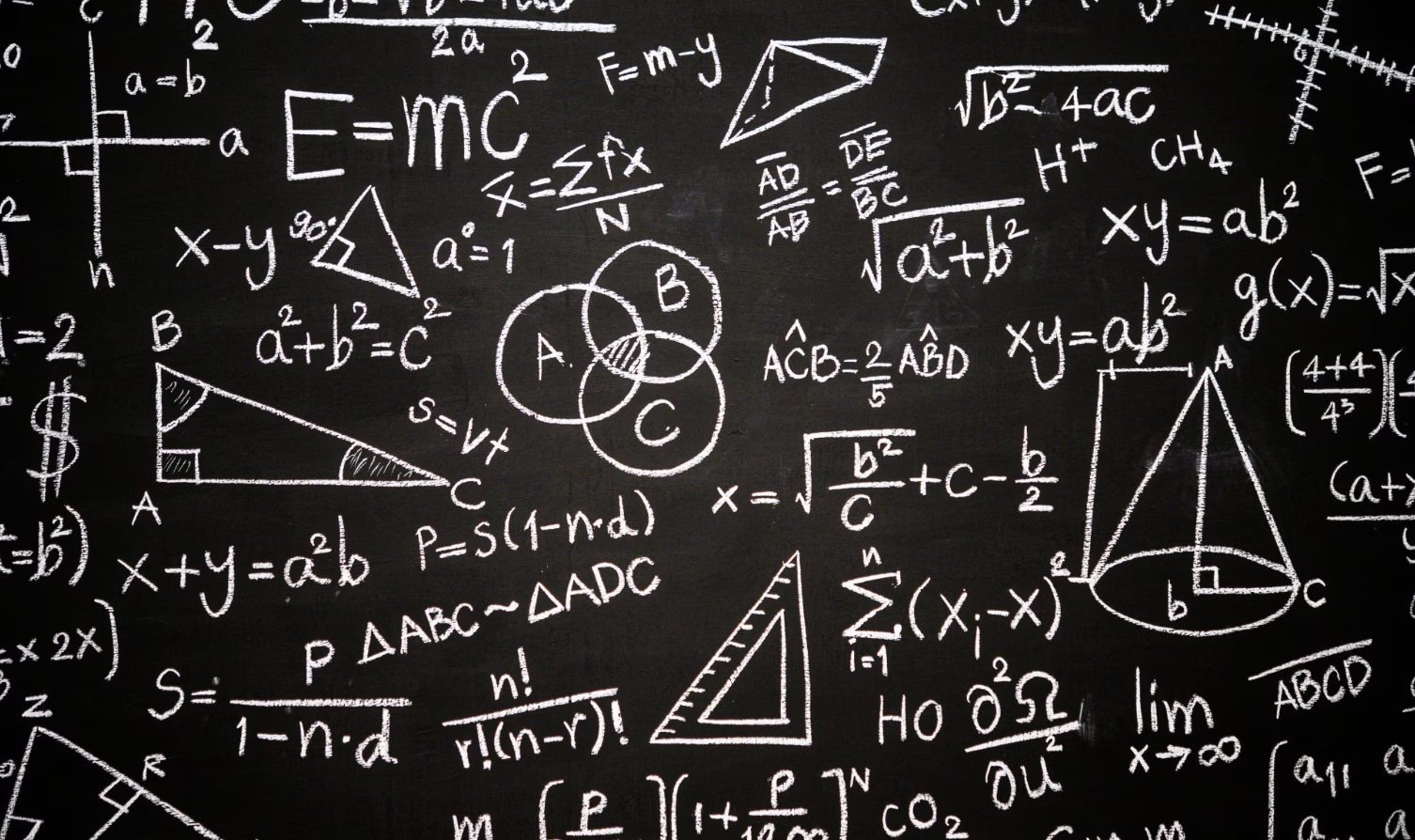TEACHER: Juan Diego Arias Zuñiga
INSTITUTIONAL EMAIL : juan.arias.z@liceopinoverde.edu.co
HOURLY INTENSITY BY CYCLE (HIC): 5
GRADE: 9 track B (MYP Year 4)
PERIOD: 2025-2026
- INTRODUCTION
Mathematics is not just a subject we study; it's a language that helps us make sense of the world around us. In this course, we will explore the beauty and relevance of mathematics in our everyday lives.
Throughout the year, we will delve into various mathematical concepts, from numbers and operations to algebra, geometry, statistics, and more. Our goal is not just to master these concepts but also to understand how they interconnect and apply them to solve real-world problems.
- GENERAL OBJECTIVE
Foster a deep understanding of numbers and their properties, enabling students to fluently manipulate numerical representations and solve mathematical problems with confidence.
Improve students' ability to articulate mathematical ideas and strategies effectively, both orally and in writing, fostering clear and concise communication within the mathematical community.
Promote a conceptual understanding of fundamental mathematical concepts, ensuring that students grasp the underlying principles behind numerical operations and representations.
Illustrate the relevance of mathematical concepts in real-world scenarios, enabling students to recognize the practical applications of numerical reasoning in everyday life and future endeavors.
- COMPETENCES / ABILITIES TO DEVELOP
Knowing and understanding: Students will select and apply relevant mathematical concepts and techniques with increasing independence and precision. They will demonstrate deep understanding through accurate solutions and by justifying choices in a variety of contexts, fostering both adaptability and rigor in problem-solving.
Investigating patterns: Learners will explore and analyze mathematical patterns, identifying relationships and expressing general rules or functions. They will test and refine these rules across diverse scenarios to validate their accuracy and generalizability, reinforcing reasoning and abstraction skills.
Communicating: Students will communicate mathematical ideas effectively using appropriate notation, vocabulary, and forms of representation. They will construct coherent, logically organized explanations in both written and oral forms, reinforcing understanding and encouraging precise expression.
Applying mathematics in real-life context: Students will investigate authentic situations, select appropriate mathematical strategies, and apply them effectively. They will explain the relevance, accuracy, and implications of their solutions, demonstrating how mathematics is connected to and shapes the real world.
- METHODOLOGY
1. Talk about the topic of the previous class.
2. Provide the guidelines for the work to be done in the class.
3. Indicate the objectives of the class.
4. Ask questions to generate a debate among students and to explore the concepts.
5. Explain the topic and provide the corresponding examples.
6. Carry out individual or group activities.
7. Conclude reflection on the class.
- CONTENT AND CONCEPTS
Period/ Year (DP only) | Topic / Unit | Content / subtopics | Length (hours) |
| Unit 1: Arithmetic | Properties of rooting and logarithms Scientific notation: representation and operations Estimation, rounding, and significant figures Unit conversion
| 30 class hours |
Unit 2: Algebra | Linear equation, and its connection to systems of linear equations (methods: substitution, comparison, elimination, and graphical representation) The linear function f(x) = mx + c: its graph, slope, and y-intercept Parallel and perpendicular lines: understanding the relationships between their slopes Solving equations both algebraically and graphically Solving systems of linear equations
| 40 class hours |
- EVALUATION PROCESS
Formative evaluation | - Activity on class: Engaging, hands-on exercises or collaborative tasks in class to reinforce math concepts. - Worksheet: Independent practice assignments allowing students to apply learned math skills. - Quiz and exams: Assessments measuring comprehension through various question types on specific math topics. - Class discussion: Verbal interactions exploring math concepts, sharing insights, and addressing questions among students and the teacher. |
Summative evaluation | Final exam GRAPS activity Presentations Final Semester Exam |
Evaluation Criteria | Percentages |
Knowing and Understanding | 25% |
Investigating Patterns | 25% |
Communicating | 25% |
Applying Mathematics in Real-Life Contexts | 25% |
- RESOURCES
Resources | |
Technological | - Powerpoint presentation. |
Bibliographic | - Mathematics - 1 - Weber, Kunkel, Simand and Medved - Second Edition - Oxford 2021 |
Physical | Classrooms Whiteboard Notebook, pen, and pencil Electronic devices |
Behavioral recommendations for the proper development of the class | Use of electronic devices Punctuality Commitment to assignments and course requirements Willingness to work independently Always having class materials |

- Profesor: Juan Diego Arias Zuniga
- Profesor: Santiago Leon Duque Joven